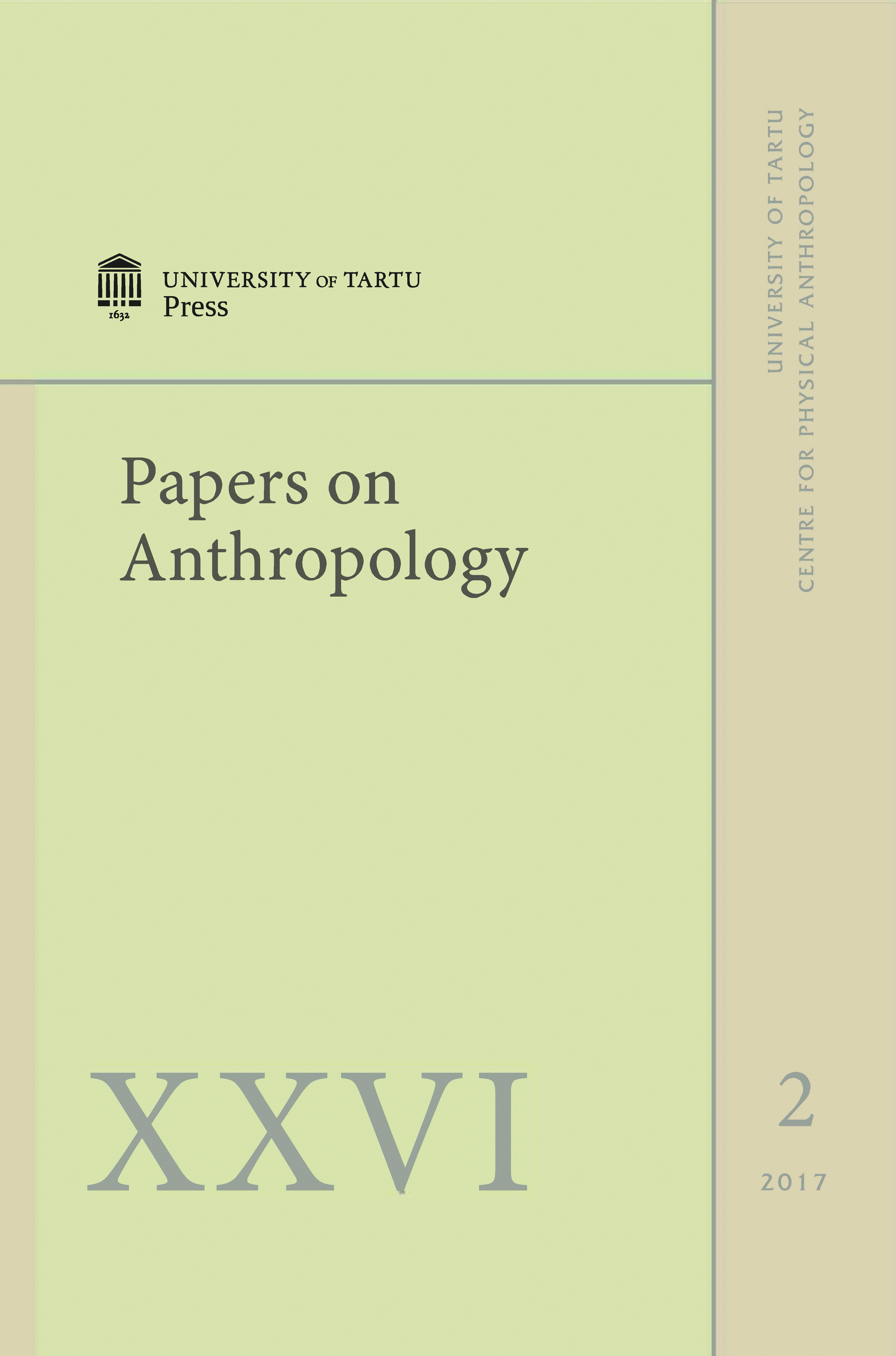COPD affected lung tissue remodelling due to the local distribution of MMP-2, TIMP-2, TGF-β1 and HSP-70
DOI:
https://doi.org/10.12697/poa.2017.26.2.16Keywords:
COPD, remodelling, lung, airways, immunohistochemistryAbstract
Chronic obstructive pulmonary disease (COPD) is strongly associated with progressive airway limitation where the key mechanism is abnormal airway remodelling of bronchial mucosa maintained by complex crosstalk of tissue remodelling and regulatory factors. The aim of this study was to determine the appearance and local distribution of tissue remodelling factors in COPD-affected lung tissue and to compare the findings with the control group. In this study, lung tissue specimens were obtained from 27 patients with COPD and 49 control patients. Tissue samples were examined by routine hematoxylin and eosin staining. Remodelling and regulatory factors matrix metalloproteinase-2 (MMP-2), tissue inhibitor of metalloproteinase-2 (TIMP-2), transforming growth factor-β1 (TGF-β1), as well as heat shock protein-70 (Hsp-70) were detected by immunohistochemistry in airway mucosa. The numbers of positive structures were evaluated semiquantitatively. Non-parametrical statistical analysis was performed. Overall COPD-affected lung tissue presented chronic inflammation and tissue remodelling in routine histological analysis. Compared to the control group, statistically significant (P<0.05) difference was calculated between COPD-affected lung tissue and control group with overall more immunoreactive cells containing MMP-2, TIMP-2 and TGF-β1 and less Hsp-70 immunoreactive bronchial epithelial cells, subepithelial connective tissue fibroblasts, bronchial smooth muscle cells and secretory cells of bronchial glands with more pronounced findings of TGF-β1, however, less Hsp-70. Study findings suggest pronounced tissue damage and remodelling with the local regulatory environment of up-regulated TGF-β1. Increased numbers of MMP-2, TIMP-2 and TGF-β1 immunoreactive cells suggest the key role of these remodelling factors in COPD pathogenesis. Decrease of Hsp-70 proves increased cell damage in COPD-affected airway mucosa.Downloads
Download data is not yet available.

